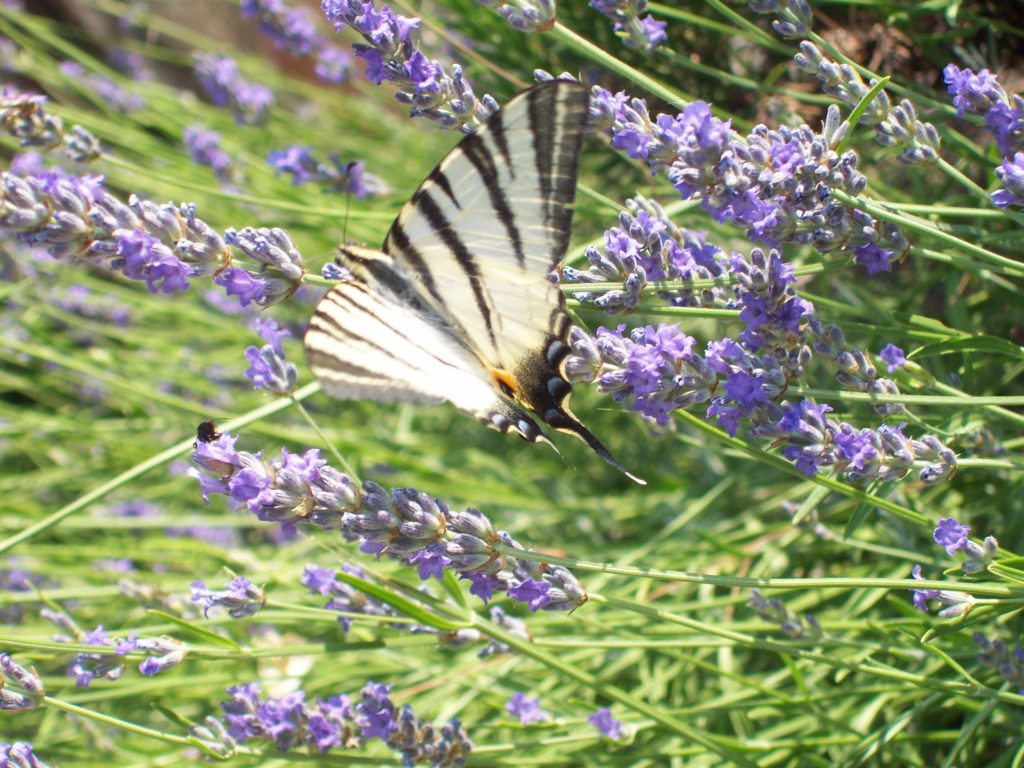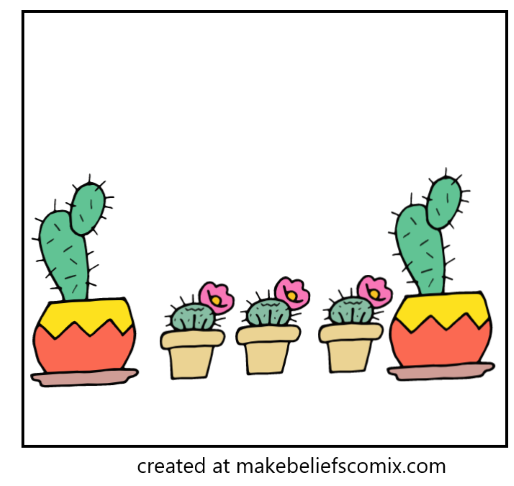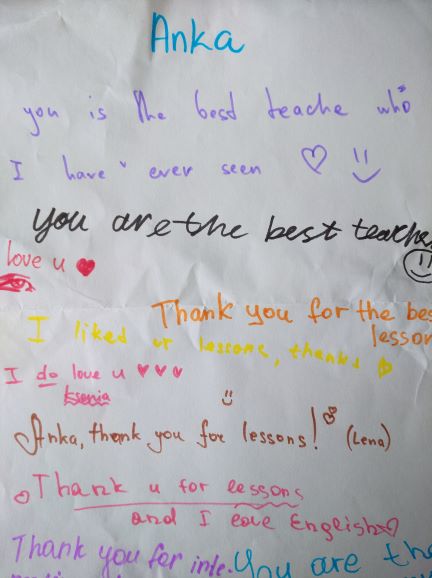
A post inspired by a reader. Thank you @kids.in.english.
Where the inspiration came from
It was ten years ago. I was standing at the board, looking at my students working on a task,all of them, working hard, involved, a teacher’s dream, and yet…To my right – the bunch that had been in my group for the past two or three years, to my left – the three new students who had just joined us and in the middle – a beautiful wall, invisible but sturdy and getting thicker by the minute. They were not aggressive verbally or otherwise, they did not do anything mean, there was no bullying. They simply decided that they do not like each other. The ‘old’ kids – because they did not want any invaders, they ‘new’ kids – because they did not feel welcome.
I did not like it at all. I was looking at them (yes, a little bit annoyed because we had everything figured out) thinking ‘Not on my shift, people. Na-ah’. Today I would like to share some of the tricks that I applied and have been applying since then in the new-teen-in-the-group scenario.

Ideas for building and re-building a group
- Change the seating arrangements during the first month or the first six – eight lessons with the new students. The main aim here is to enable everyone in the group to work with everyone else. It has to be initiated (or ‘forced’ if you prefer) by the teacher because the students will be acting as a group and might not have enough courage to break ranks in order to befriend the new students or to venture out and try to join the cool kids. It is a good idea to explain to students why this is done (‘we need to get to know each other’) and give them a specific time limit so that they know when they will be able to go back to sitting with whom they want. Even if, initially, the students do not like the hassle and the uncertainty that it introduces, they have a deadline and they know when things go ‘back to normal’. The burden is easier to bear.
- Frequently group and regroup the students for activities and use a tool that will be completely arbitrary. These can be for example re-usable cards with the students’ names that are kept in a box or in a bag. Before the activity, the teacher (or even better – one of the students) simply picks out cards randomly and this is how pairs and teams are formed. This way, it is simply fair, impersonal and, every single time, there is a high probability that student A might end up working with their best friend. If they are lucky. Again, the burden is easier to bear. Both of these tactics will also help the teacher establish how the students work in different set-ups. It will be more important in case of the new students

- It is a good always but especially during those ‘first’ days or weeks to include activities which promote team-work and cooperation, such as smaller or larger scale projects, ideally in every lesson. The students will be already mixed, the new with the old and it is quite likely that they will want to share the responsibility for the task and they will want to complete it. This will be their excuse, the teacher asked them and they are just completing the task, without losing the face since working with the new partner is not their own choice.
- While cooperation works well, competitive games are even more effective. If the students have their favourite games, they obviously like to play and win. Since they will be put in mixed groups, the ‘old’ and the ‘new’ students together, they will be put in a situation in which they might have to cooperate with ‘a new friend’ to compete against ‘an old friend’. Of course, these two elements, the competitive and the cooperative, should complement each other and balance each other. Some of my favourite games include ‘the game of five’ and ‘stop!’

- When we start working with a new group, some getting to know each other activities are in order. Here, however, the situation is a bit tricky. If there are three or four new students in the group, then we can easily use some of those. When only one student joins the existing group, it might not work that well. The majority of the group already know each other very well so they will not be motivated in taking part in it. What’s more, it will be rather obvious why it is added to the lesson and the new student might be accidentally put in the spotlight. Not to mention that if a few students join the group, separately, it would mean including these activities in a few lessons in a row and the students might be even less motivated to take part in them.
- Instead, an activity in which the students can express themselves and share personal information is a much better solution. It can be, for example, ‘Who is X?‘, a task in which students would have to match the names of all the students in the group to a set of sentences (in any structure that is the topic of the lesson). If it is the Present Simple then the sentences describe daily routines ( X never does homework, X always wakes up early on Saturday), if it is the future then the sentences describe future predictions (X will live abroad, X will become famous, X will travel to Spain) etc. During the feedback, students will be mingling and confirming and justifying the sentences about themselves. The task that I really like to use for that is the United Buddy Bears art project but this one is a bit more difficult to add to any lesson in any level at any point when the new student joins the group. But not impossible))
If you have been in a similar situation and you have some great tips and tricks up your sleeve, please share them with the rest of us in the comments box! Thank you!
Happy teaching!






